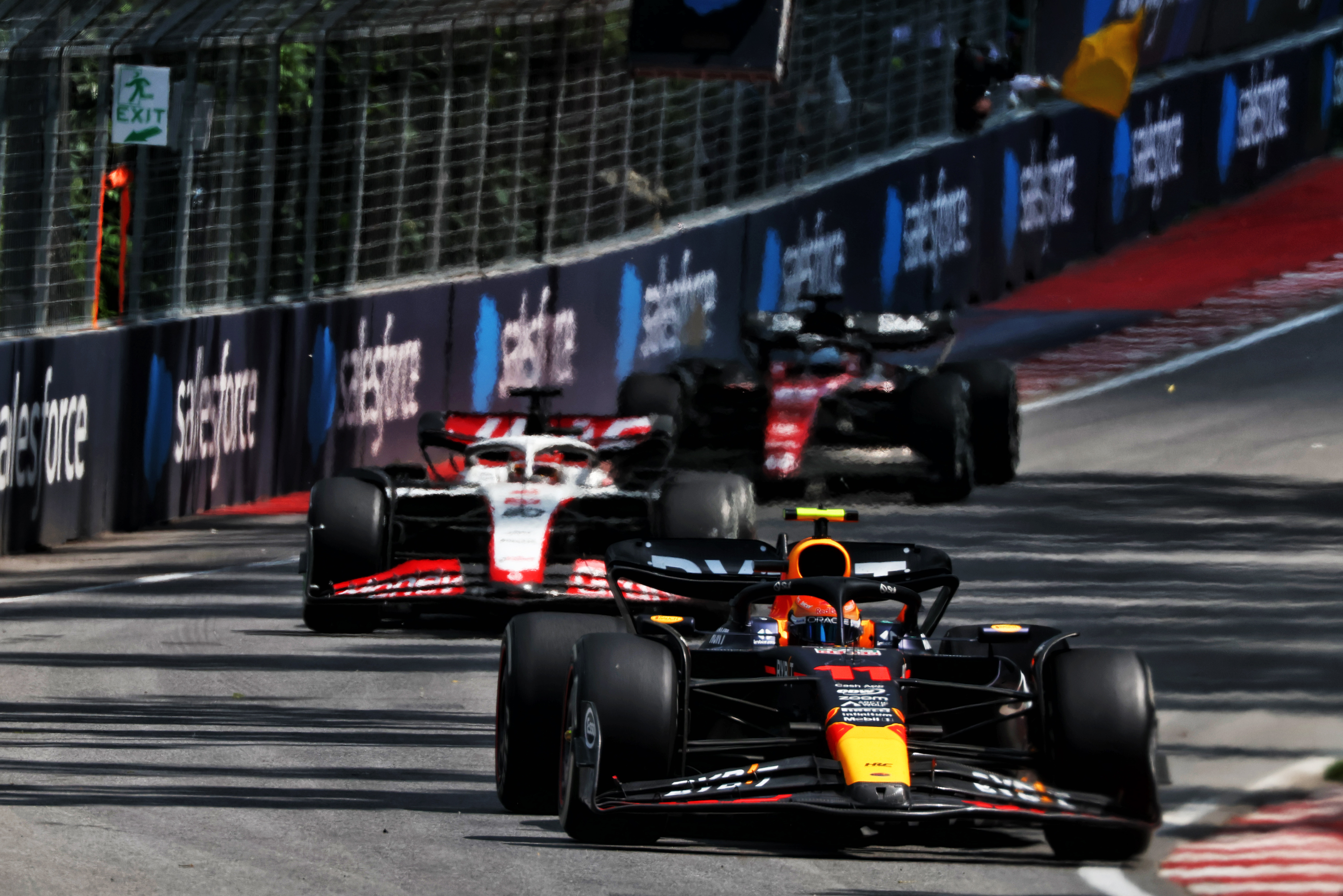Up Next

Aston Martin is the biggest loser and Ferrari is the largest winner in the reallocation of Formula 1’s aerodynamic testing allowances that will be applied for the second half of 2023.
F1’s ATR (aerodynamic testing regulations) set a baseline for the number of windtunnel runs and CFD items that may be completed based on constructors’ championship position. Teams ranked the lowest benefit from the most testing, with those ranked highest the least.
The ATR mechanism, laid out in Appendix 7 of the F1 sporting regulations, was introduced for 2021 as a gentle handicap system to ensure the competitive spread of the field is more compact. It is reset every six months, with the allowances for January to June based on the previous year’s constructors’ championship adjusted for the second half of the year based on the standings on June 30.
As the next opportunity to score points this season is in the Saturday sprint race at the Austrian Grand Prix on July 1, this reallocation of ATR will be based on the current constructors’ championship positions.
This table lays out the 10 teams in current constructors’ championship position order with their change in rank and the allocation that they have for the second half of this year.

Last year, Aston Martin finished seventh in the constructors’ championship and has climbed to its current position of third. That means it has a cut in 20% of the baseline figure, dropping from 320 to 256 windtunnel runs per testing period (of which there are six across the calendar year with three before the end of June and three after) and from 2000 to 1600 CFD items.
Mercedes and Williams also suffer a cut in their allowances, although both are only suffering from a 5% drop thanks to being one place higher in the current standings than they finished last year.
Five teams get an increased allocation, with Ferrari’s drop from second in the championship last year to its current fourth meaning a 10% increase. This means it moves from 240 windtunnel runs per test period in the first half of the year to 272 and 1500 to 1700 CFD items.
Alpine, McLaren, Alfa Romeo and AlphaTauri also get a 5% increase thanks to being ranked one place lower, with Williams having moved off last place thanks to Alex Albon’s seventh place in the recent Canadian Grand Prix.
Two teams have not changed position, with Red Bull on top and Haas holding eighth place in the championship. However, it should be noted that in addition to having the smallest allocation thanks to being top of the pile, Red Bull has an extra 10% reduction thanks to breaching F1’s cost cap in 2023.

The extra 10% penalty was applied for 12 months after Red Bull was found guilty of the breach in October last year. This means that its penalty will expire later this year.
While windtunnel runs and CFD items are key aerodynamic tools that impact the development rate, the relationship between the allocation and progress made is not linear. The top teams strive to be as efficient as possible with their running, meaning that it is possible at least to mitigate the disadvantage.
It is also worth noting that as well as stipulating the number of windtunnel runs and CFD items, there are additional restrictions. The baseline figure of 320 windtunnel runs per ATR period also permits only 80 hours of ‘wind on’ time (ie when meaningful aero data can be gathered) and an occupancy limit of 400 hours. For CFD items, there is also a limit on computing resource used measured in Mega Allocation Unit hours (MAUh) based on a formula laid out in the regulations.





